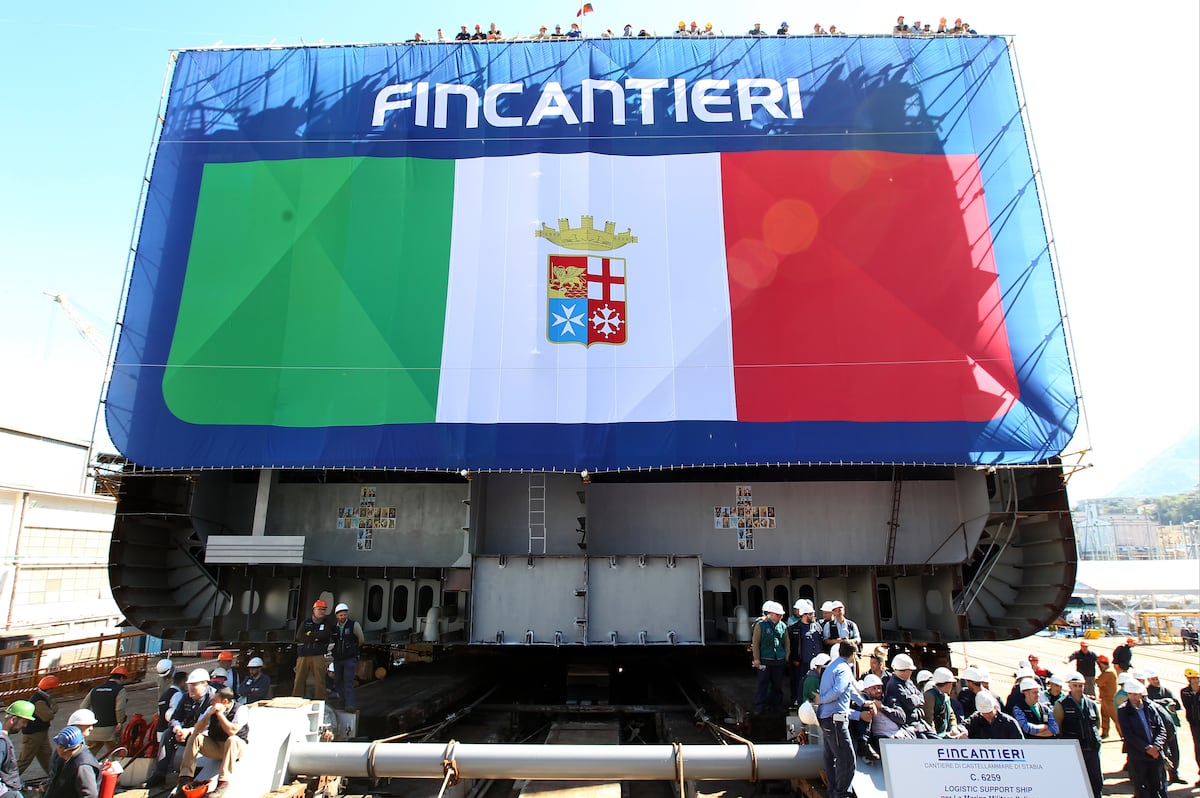The USNI have this to say:
Navy Kicks Off Study of Next-Generation Carriers, Naval Aviation - USNI News, but it doesn't offer a lot to the conversation. At the same time would something the size of QE class CV or the Forrestal class CV be considered a light carrier? The Forrestal class still had a crew of 4,000+ and displaced about 60,000 tons. Personally I would think that something in the region of 30 - 40,000 tonnes would be a light carrier in USN parlance.
You might be right but consider this;
Since the demise of the IJN the USN has never before had to counter a peer Navy such as the PLA-N will be by mid century and certainly during the life of the Fords,
No the USN hasn't faced a peer navy in combat since the IJN and the PLA-N will not be infected by the same arrogance that the IJN (& IJA) had. However the PLA-N won't have the same freedom of command that the IJN had, because its command structures and strictures are very rigid, and nothing is deviated from without permission from higher command. That in itself is a weakness - no independent thought.
The risk to the platform and its thousands of lives has to be foremost in the minds of the operational planners,
If you accept that a casualty is likely better it make a lesser impact on the ORBAT,
and yes the cost in both $ and manpower is important but if you can get 3 x Forrestal size (65,000 tons) carriers for the price of a single Ford it may be beneficial.
Finally, the America Class LHAs and the LHDs are useful with their 20 F35s but they can’t sustain the sortie rate long term and they are more an option for AD and CAS while acting as amphibious support.
I see a new class active either within or adjacent to the SCS and close to the second island chain type ops whereas I see the Fords in mid ocean.
Operating F-35Bs off America class amphib assault ships is more than useful. It's about distributed lethality as well, creating problems for an enemy. Instead of having to only target 10 or 11 CVNs, now they have to find and target all of the USN flat tops because any or all of them could be harbouring F-35s. Not only that, the USMC F-35Bs can jump from flat top to temp shore base etc., and back to flat top.
I agree that the large CVNs will be restricted to mid ocean, but don't forget that the PLA-Rocket Forces have the DF-21D 'Ship Killer' MRBM that can reach quite a way into the deep blue. If as the article:
Is This China's DF-21D Air Launched Anti-Ship Ballistic Missile Toting Bomber?, suggests it can now be air launched, and that is another thorny issue for the defence to consider.
So after all the engineering and expense of developing the Ford class, somebody has decided to pull a Zumwalt maneuver and only build 4 ships. Well that will certainly give the folks at POGO the ability to harp on how expensive Fords are. IMO, the decision may be correct but certainly the concerns about carrier vulnerability isn't a new thing so why now? The really big question is how viable are surface ships, period, in this age of exotic missiles and sophisticated subs?
Interestingly only four Forrestal class CV were built. I think that carrier vulnerability specifically and surface ship vulnerability in general in the modern age is a discussion that needs to be had. Are carriers now at the stage in their life cycle that battleships were in 1941? Obsolete, but no one willing to acknowledge or admit it, especially carrier aficionados. I don't know myself, but given the rise, proliferation, and increasing capabilities of AShM, I would think that carriers are becoming increasing vulnerable to the AShM threat.
I don't think modernized Forrestal or QE with CATOBAR alternatives will be all that cost effective when crewing costs and additional support tankers are factored in. The loss of these will be just as catastrophic as losing a Ford from a crew perspective. With the inevitable mission creep, a 60,000 to 70,000 ton CV is probably 50-60% the cost of a Ford. If energy directed anti-missile defence capability becomes a reality then the huge power provided by Ford's nuclear reactors looks very attractive. This announcement may just be a trial balloon to gauge congressional reaction. I guess this is one way for DoD to fund an extra 100 B-21 raiders for the USAF.
The USN would have to look at crewing in order to cut costs. They would have to automate where they can, however they intensively crew their ships compared to other navies. Whether or not they would change that is open to debate, but one argument would be, why change what has worked for decades. They do have an emphasis on damage control though.

